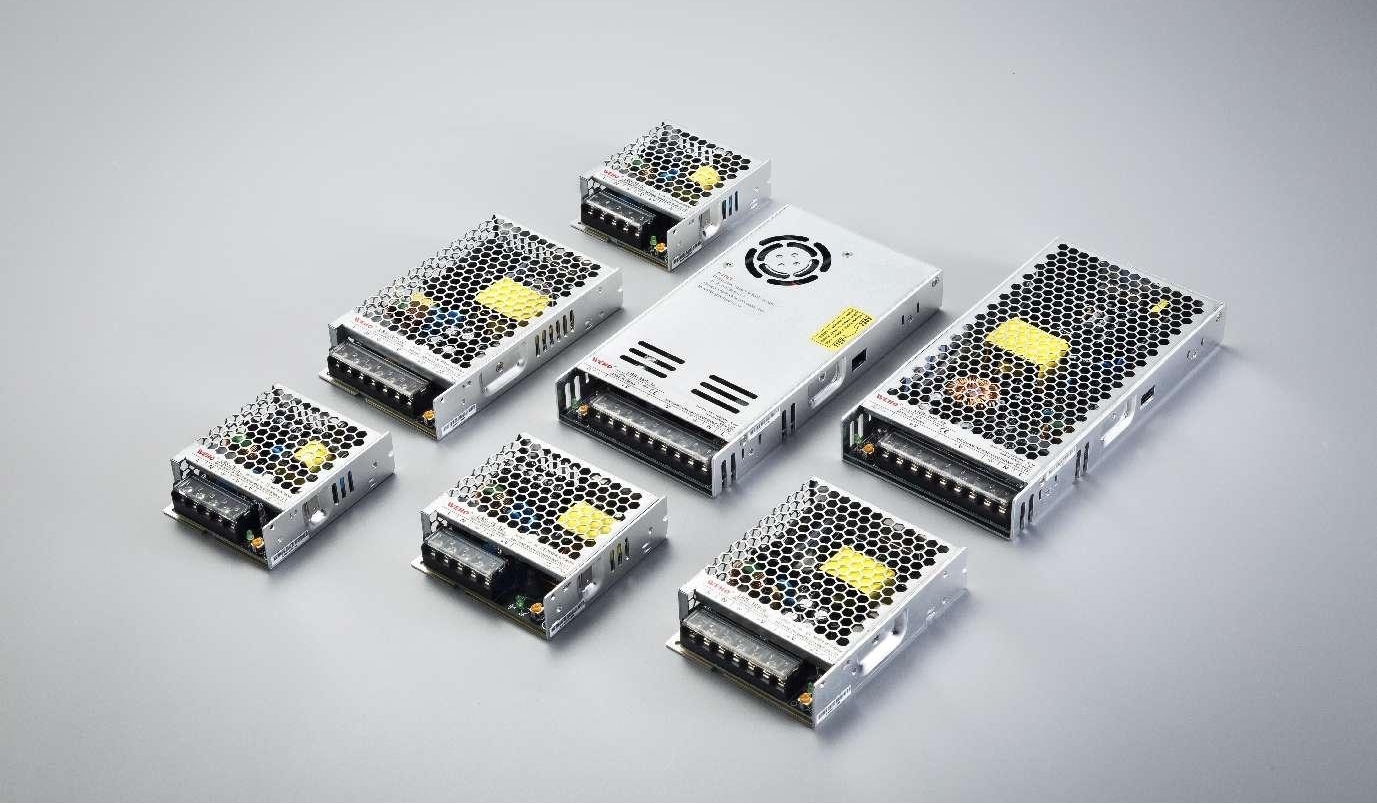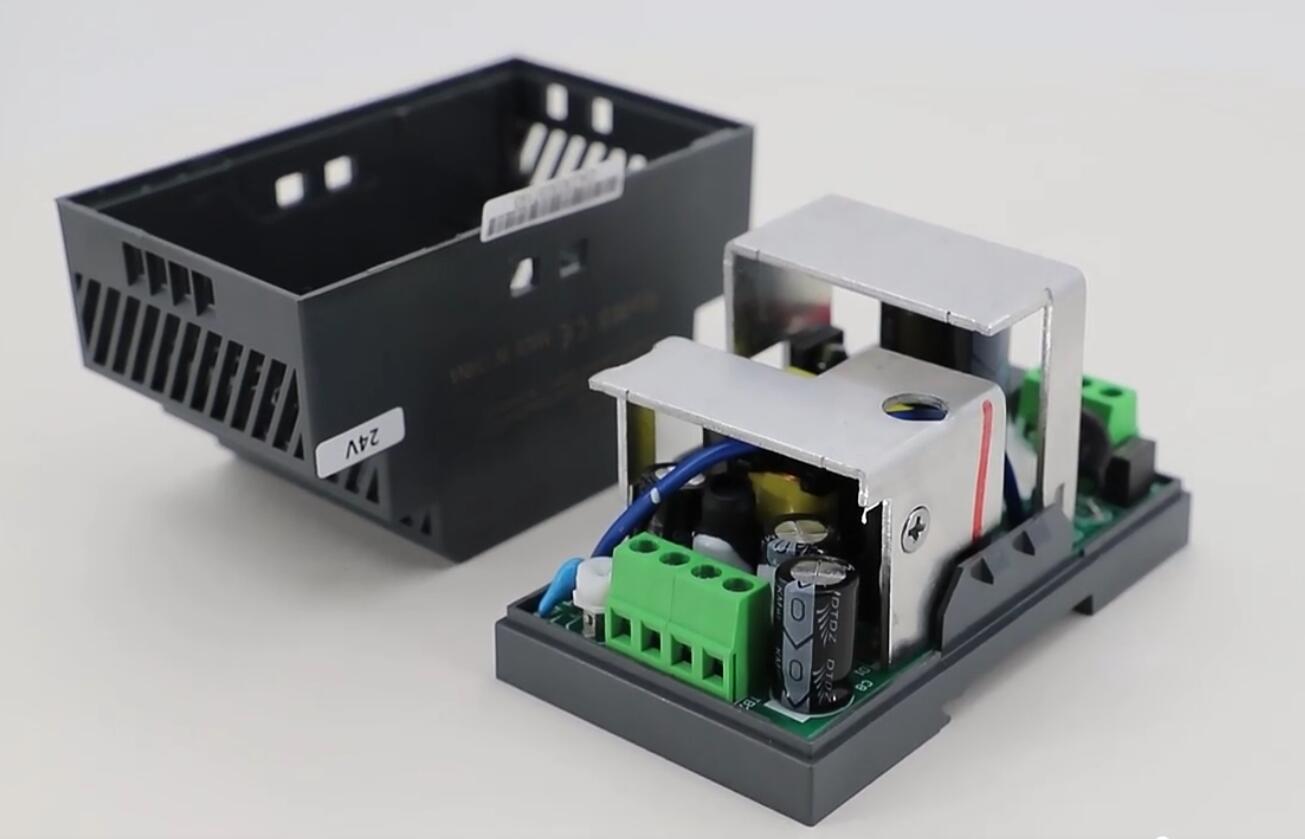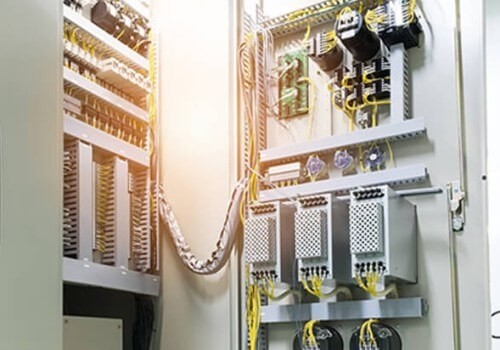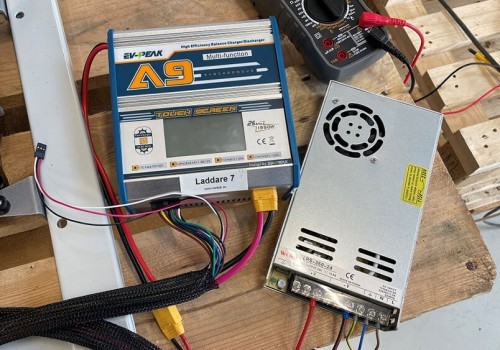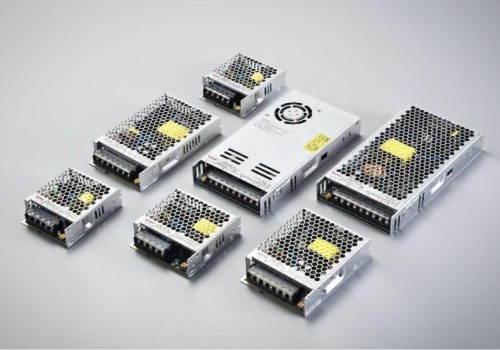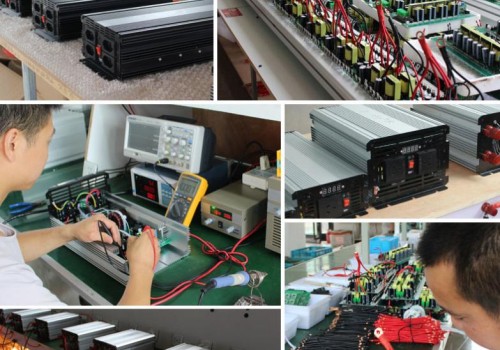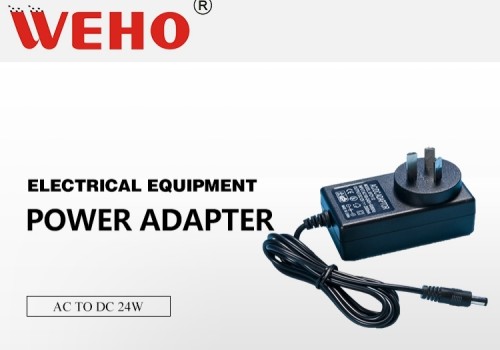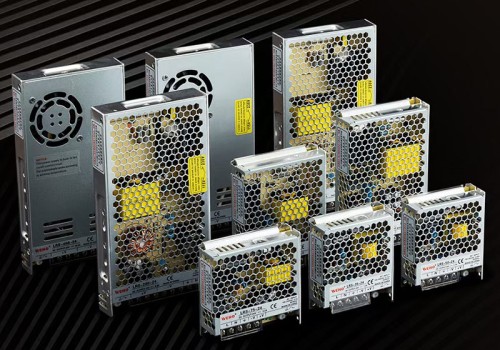A power supply is a key component of any electronic device, providing the necessary electrical energy for its normal operation.
However, power supplies can be susceptible to a variety of issues that shorten their lifespan and can lead to equipment failure.
Users need to know how to properly care for and maintain their power supply to extend its life and ensure optimal performance.
In this blog post, we’ll discuss ways to extend the life of your power supply, the average life expectancy of a power supply, and provide some helpful tips to keep your power supply running efficiently for years to come.
What is the Average Power Supply Life?
Can You Prolong the Life of Power Supplies?
Yes, it is possible to prolong the life of power supplies by implementing a few maintenance and usage practices. Here are some tips:
What Affects the Power Supply Lifespan?
Power supply life can be affected by a variety of factors, including:
Tips to Extend the Life of Your Power Supply
To prolong the life of your power supply, follow these tips:
Buy High-Quality Power Supplies
Maintain a Stable Temperature
Clean the Power Supply Regularly
Protect Against Power Surges
Avoid Overloading the Unit
Conclusion
Extending the life of your power supply is critical to the efficient operation of electronic equipment.
By following the tips and best practices mentioned in this article, you can significantly extend its lifespan.
Take these steps now to protect your equipment and maximize the life of your power supply.


